New medicines containing nanoparticles are proven to have clear curative value, but complications can sometimes arise. Researchers at the Norwegian Radium Hospital in Oslo have shown how nanoparticles can interfere with the transport of vital substances in cells.
Aug 24th, 2011
Read more
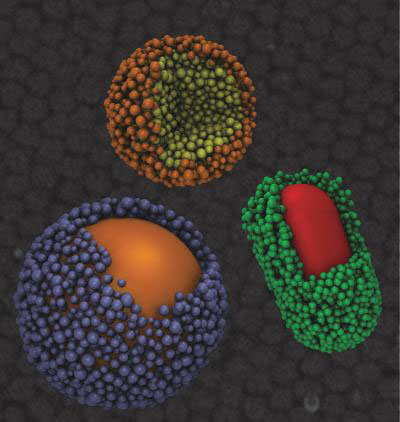 A delicate balance of atomic forces can be exploited to make nanoparticle superclusters that are uniform in size - an attribute that's important for many nanotechnology applications but hard to accomplish, University of Michigan researchers say.
A delicate balance of atomic forces can be exploited to make nanoparticle superclusters that are uniform in size - an attribute that's important for many nanotechnology applications but hard to accomplish, University of Michigan researchers say.
Aug 24th, 2011
Read more
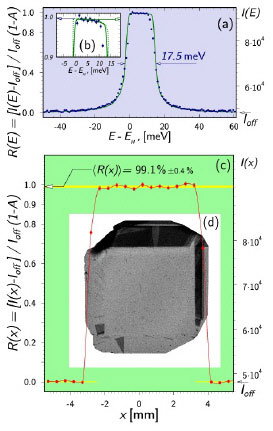 Researchers utilizing high-brightness x-rays at the U.S. Department of Energy Office of Science's Advanced Photon Source at Argonne National Laboratory have demonstrated that synthetic, nearly defect-free diamond crystals can reflect more than 99% of hard x-ray photons backward in Bragg diffraction, with a remarkably small variation in the magnitude of reflectivity across the sample.
Researchers utilizing high-brightness x-rays at the U.S. Department of Energy Office of Science's Advanced Photon Source at Argonne National Laboratory have demonstrated that synthetic, nearly defect-free diamond crystals can reflect more than 99% of hard x-ray photons backward in Bragg diffraction, with a remarkably small variation in the magnitude of reflectivity across the sample.
Aug 23rd, 2011
Read more
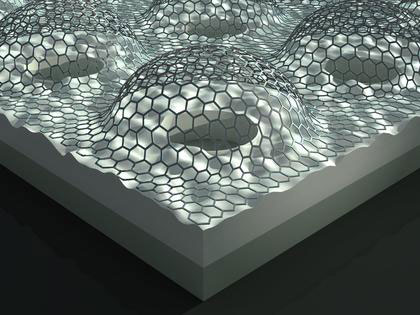 Graphene, considered the most exciting new material under study in the world of nanotechnology, just got even more interesting, according to a new study by a group of researchers at the University of Colorado Boulder.
Graphene, considered the most exciting new material under study in the world of nanotechnology, just got even more interesting, according to a new study by a group of researchers at the University of Colorado Boulder.
Aug 23rd, 2011
Read more
The Center of Innovation for Nanobiotechnology, a non-profit commercialization center dedicated to the development and growth of nanobiotechnology related industries, announced today that Griffith Kundahl has been named Executive Director of the organization.
Aug 23rd, 2011
Read more
The latest developments of microscopy in materials science and life sciences are at the forefront of the Microscopy Conference 2011 in Kiel, from August 28 to September 2. Over 550 experts will be exchanging information on structure research using electron microscopy and related methods, and sharing opinions on the latest research topics.
Aug 23rd, 2011
Read more
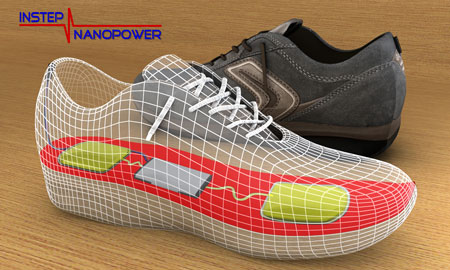 Researchers at the University of Wisconsin-Madison, describe a new energy-harvesting technology that promises to dramatically reduce our dependence on batteries and instead capture the energy of human motion to power portable electronics.
Researchers at the University of Wisconsin-Madison, describe a new energy-harvesting technology that promises to dramatically reduce our dependence on batteries and instead capture the energy of human motion to power portable electronics.
Aug 23rd, 2011
Read more
Wissenschaftlern vom Center for Nanointegration Duisburg-Essen (CeNIDE) ist es erstmals gelungen, effiziente Nanomaterialien fuer thermoelektrische Anwendungen aus der Gasphase zu synthetisieren. Das Ergebnis ist eine aeusserst homogene Silizium-Germanium-Legierung mit extrem niedriger Waermeleitfaehigkeit.
Aug 23rd, 2011
Read more
To highlight breakthroughs in femtosecond laser systems, the editors of the Optical Society's (OSA) open-access journal Optical Materials Express have published a special Focus Issue on Femtosecond Direct Laser Writing and Structuring of Materials.
Aug 23rd, 2011
Read more
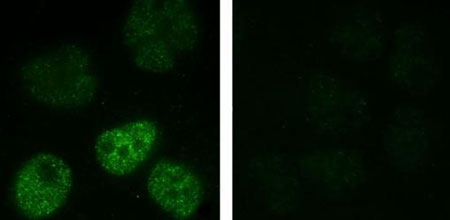 Lab experiments find that nickel particles with diameters billionths of a meter wide can trigger a cellular pathway that promotes cancer growth.
Lab experiments find that nickel particles with diameters billionths of a meter wide can trigger a cellular pathway that promotes cancer growth.
Aug 23rd, 2011
Read more
For the first time a session on "Open Challenges in Nanomedicine - Problems for problem solvers" will be offered to industrial stakeholders to address challenges they are confronted with and for which they would need technology partnerships with academia and research institutes to solve the problems in a business and application oriented way.
Aug 23rd, 2011
Read more
Zum ersten Mal wird der Industrie eine Session "Offene Herausforderungen in der Nanomedizin - Probleme fuer Problemloeser" angeboten. Vertreter der Industrie koennen dort binnen zehn Minuten die Herausforderungen praesentieren, mit denen sie konfrontiert sind, und fuer deren Markt- und Anwendungsloesungen sie Technologie-Partnerschaften mit Hochschulen und Forschungseinrichtungen benoetigen.
Aug 23rd, 2011
Read more
A Kansas State University professor is trying to create a patient-friendly treatment to help the more than 220,000 people who are diagnosed with lung cancer each year.
Aug 23rd, 2011
Read more
Die Broschuere "Nanotechnologie in der Natur - Bionik im Betrieb" zeigt aktuelle Produktentwicklungen und Forschungsrichtungen der Bionik im Bereich Materialtechnologie und Nanotechnologie. Sie erscheint zur Auftaktveranstaltung der Veranstaltungsreihe "Bionik im Betrieb" am 30. August 2011.
Aug 23rd, 2011
Read more
Professor Mark Akeson (University of California, Santa Cruz) and his collaborators got awarded a $3.6 million, three year grant by the National Human Genome Research Institute (NHGRI).
Aug 23rd, 2011
Read more
Researchers in Japan have developed a manufacturing technology for single-crystal thin films of organic semiconductors at arbitrary positions on the surface of sheets using a novel inkjet printing technique. The technology allows improving performance of thin-film transistors (TFTs), indispensable building blocks for large-area electronics products such as flat displays.
Aug 23rd, 2011
Read more






 Subscribe to our Nanotechnology News feed
Subscribe to our Nanotechnology News feed